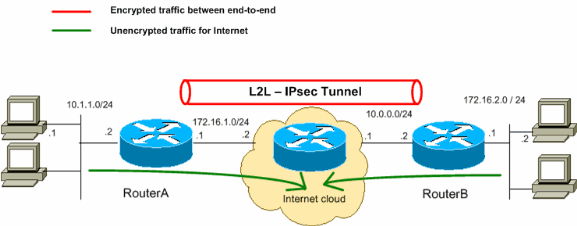


PPTP server configuration in Keenetic is described in detail in the article ' PPTP VPN server'. To test the connection, access a resource on the remote network or ping the host on the remote network (server local network) from the client computer. The same page will also show the status of the connection. Once the connection is established, put the switch in the 'On' state. In the 'Username' and 'Password' fields, specify the account's data that is allowed to access the local network via PPTP.Ĭlick 'Show advanced settings' to configure the IP settings, work schedule, or the interface through which the connection should work. Then enter the name of the connection in the 'Connection name' field, and in the 'Server Address' field, enter the domain name or IP address of the PPTP server. In the 'VPN connection settings' window, select 'PPTP' in the 'Type (protocol)' field. To set up a PPTP connection, go to the 'Other connections' page and click 'Create connection' in the 'VPN connections' section. Configuring an L2TP connection is done in the same way. Unlike other VPN protocols, L2TP does not use data encryption.įurther on, we will consider an example of a PPTP connection. In Keenetic, besides PPTP, you can also set up an L2TP (Layer 2 Tunneling Protocol) connection. MPPE protocol can be used to protect PPTP traffic data.

PPTP provides secure data transfer over the Internet from smartphones, tablets, or computers. The advantage of the PPTP tunnel is its ease of configuration and availability. PPTP may also be used to establish a secure tunnel between two local networks. You can use PPTP (Point-to-Point Tunneling Protocol) to connect to a public VPN service, office network, or another Keenetic router.


 0 kommentar(er)
0 kommentar(er)
